India’s COVID-19 vaccination programme has been touted as the largest in the world. About 30 crore people are expected to be vaccinated in different phases up to July. In the first phase, about 3 crore frontline workers will be vaccinated free of cost. About 3.5 lakh people have been registered for the first phase of the programme in Kerala. We bring you a lowdown on our mega vaccination process.
India will start the vaccination programme on January 16. Two COVID-19 vaccines – Covishield and Covaxin – have been cleared for emergency use in the country.
Covishield, developed by AstraZeneca in partnership with the Oxford University, is being manufactured in the country by the Serum Institute of India, Pune. The viral vector vaccine is meant to boost the immune system by introducing SARS-Cov-2 genetic material to the cells through harmless vectors.

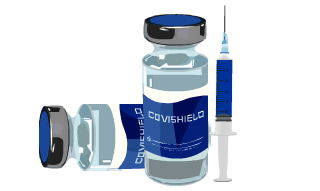


No serious side effects for vaccine, except for mild symptoms such as fever or swelling.
The Drug Controller General of India has also granted approval for Covaxin for emergency use. It is India's own vaccine developed by Hyderabad-based Bharat Biotech. This will not be included in the first phase because it requires special permission from the beneficiary and constant monitoring.

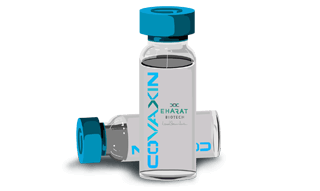
| People registered so far | 3,68,866 |
| Distribution centres | 133 |
| Ernakulam | 12 |
| Thiruvananthapuram | 11 |
| Kozhikode | 11 |
| Other districts | 9 each |
Daily vaccination per centre 100 people
Daily vaccination across the state
13,300 people
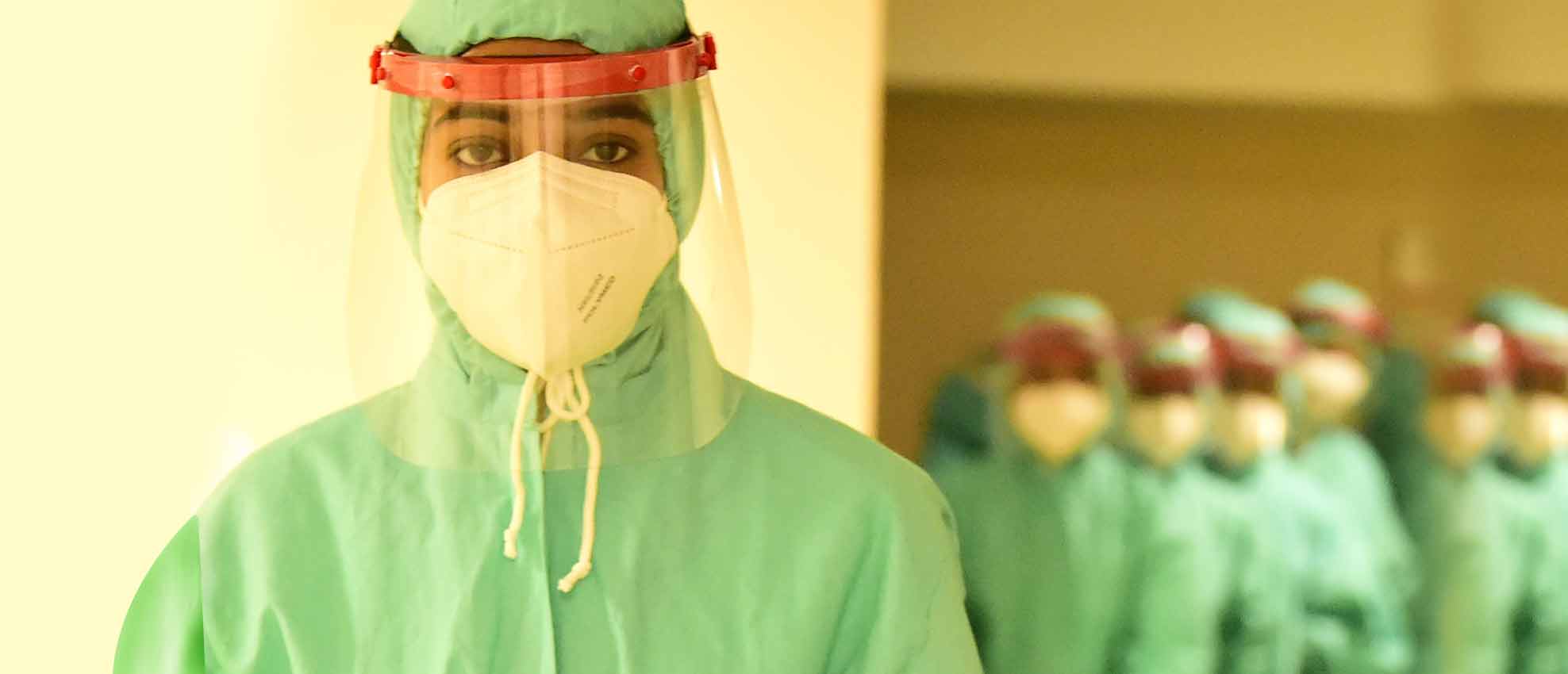
Vaccination will be held at government hospitals, private hospitals and AYUSH centres. Each centre will have a dedicated pharmacist. Doctors and vaccinators have been trained. A dry run was successfully completed between January 2 and 8.
A dry run is a mock drill without using the real vaccine. This is meant to fine-tune the process, check if all facilities and processes are in place. The aspects checked included cold storage units, distribution to the vaccination centres, public control and even the upload of data to the software. The aim is to identify the challenges in vaccine distribution and address them before the real vaccination date. In trial runs, coordinators get a chance to analyse each phase of the distribution. Information obtained from the dry run at the block and district levels has been passed over to state and central governments.
The Covishield vaccine has to be kept at a temperature between 2 degrees and 8 degrees Celsius while it is transported from the manufacturing centre to the vaccination centres. This is where the cold chain, or a network of refrigeration facilities, comes into picture. This network has to work perfectly for the success of the vaccination programme. Kerala has been successfully using the cold chain process during the earlier vaccination programmes. Centres connected to a cold chain are known as cold points. What are the links in Kerala's Covid vaccine cold chain?
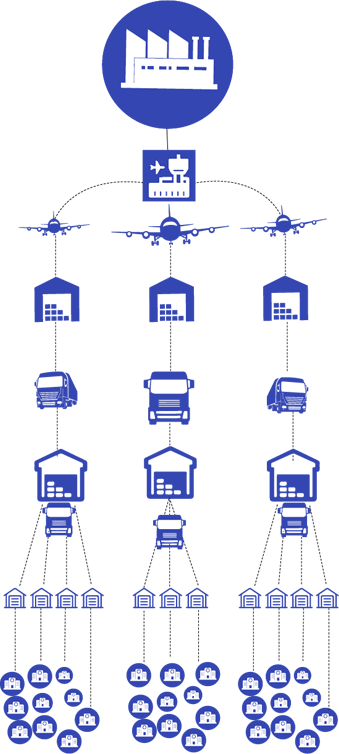
The vaccine is transported from the Serum Institute factory in Pune to the airport. All major airports in the country have been equipped with cool chambers that can go as low as minus 20 degrees Celsius.

The vaccines will be flown in large cold boxes from Mumbai to storage centres in Thiruvananthapuram, Kochi and Karipur airports.

Cold boxes are insulated containers that can store vaccine for short terms with the help of coolant gels.
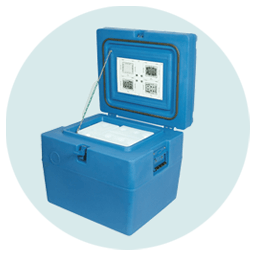
From the airports, vaccines will be transported to 3 zonal storage centres in air-conditioned insulated vans.

They will then be transported to the district-level storage centres. 1100 doses from Kozhikode's share would be sent to Mahe, Puducherry.
Vaccines will be kept in walk-in coolers or ice-lined refrigerators in the district storage centres.

As the name suggests, the coolers are big enough for personnel to walk in. They have prescribed size and temperature controls.
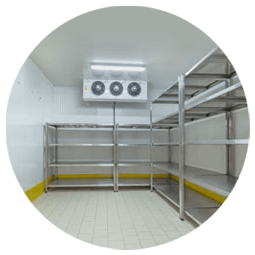
Vaccines are transported to the 133 distribution centres from the district storage centres. Here also vaccines will be kept in ice-lined refrigerators.

Ice-lined refrigerators or ILR are prepared to keep the vaccines intact. Ice-lined refrigerators are an integral link in the cold chain and helps keep the vaccine between 2 degrees to 8 degrees Celsius always. These refrigerators can maintain the prescribed temperature even if power fails for a short period of time.

On the day of vaccination, vaccines are taken in carriers for delivery at the centres. These boxes too are insulated and adjusted for temperature levels between 2 degrees and 8 degrees Celsius. They are made of coolant gels and ice packs.

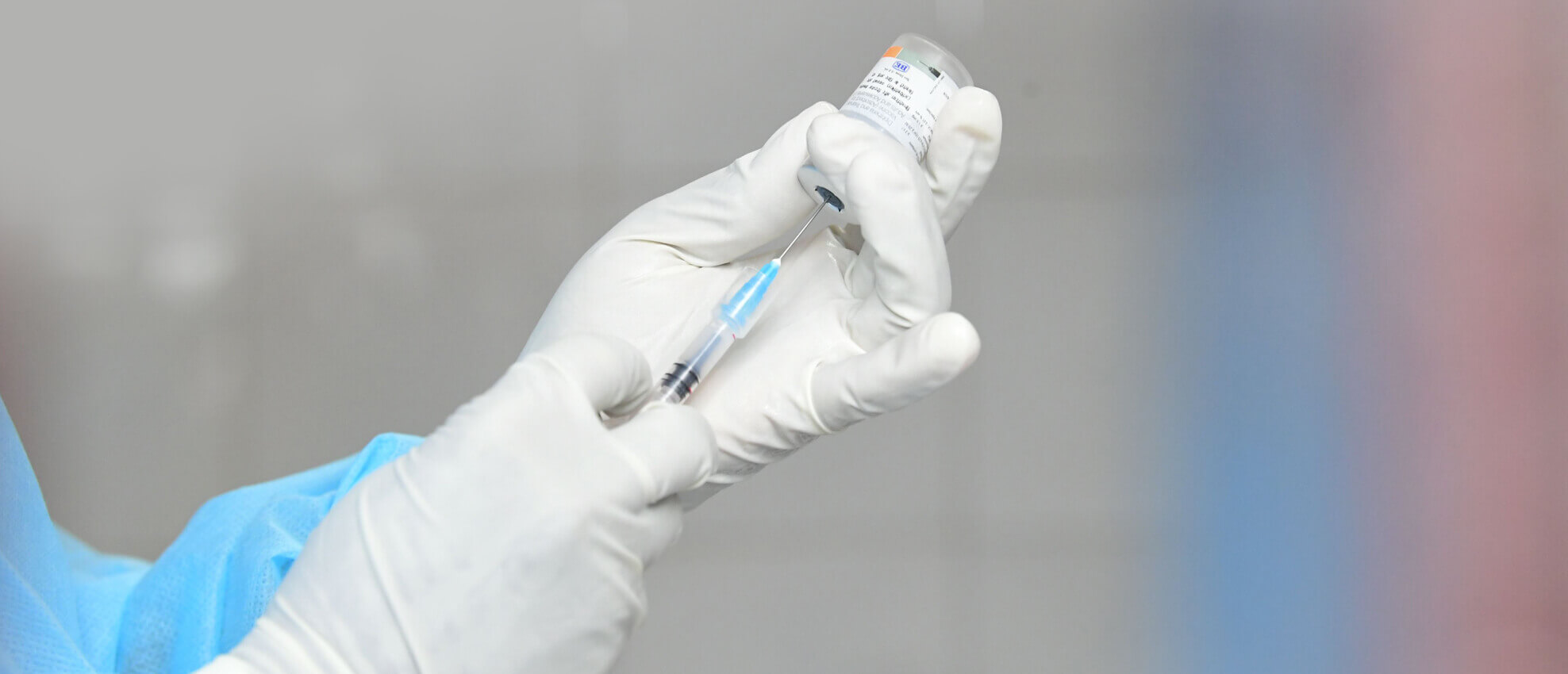
Vaccination will take place from 9 am to 5 pm. Only those who are aged above 18 years will be vaccinated. Nobody will be vaccinated unless registered for it earlier. Those who have registered will get a message on their phone, containing information about the centre of vaccination, date and time. The text messages can be send out in 12 languages. The message will also remember the receiver to carry a government-recognised identity document with them. Those who does not have a mobile phone will be intimated directly. Once they have received the first dose, they will be reminded about the date and time of the second dose. Though COVID-19 vaccine is not made compulsory, the government has advised to take it.
The vaccination centre has three rooms. People enter through one door and exit through another door on the other side.
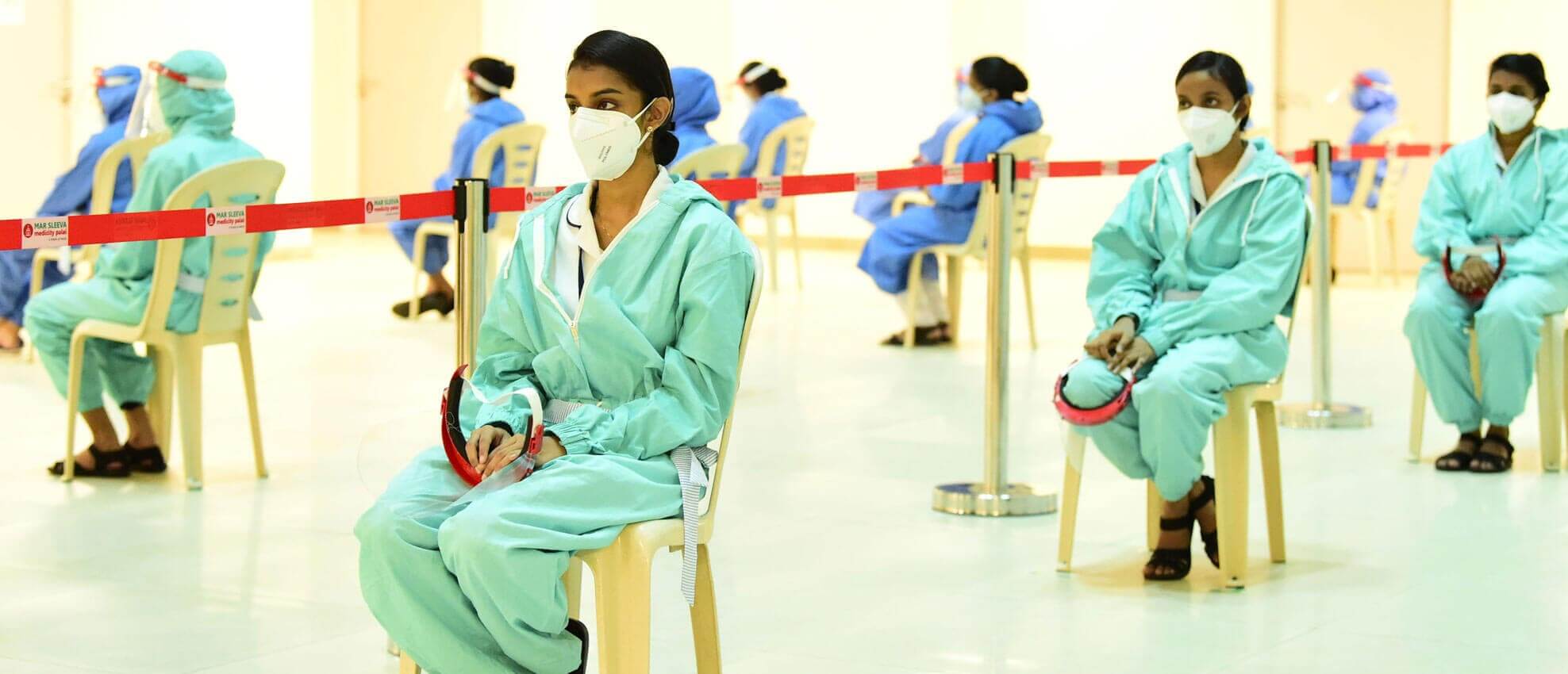
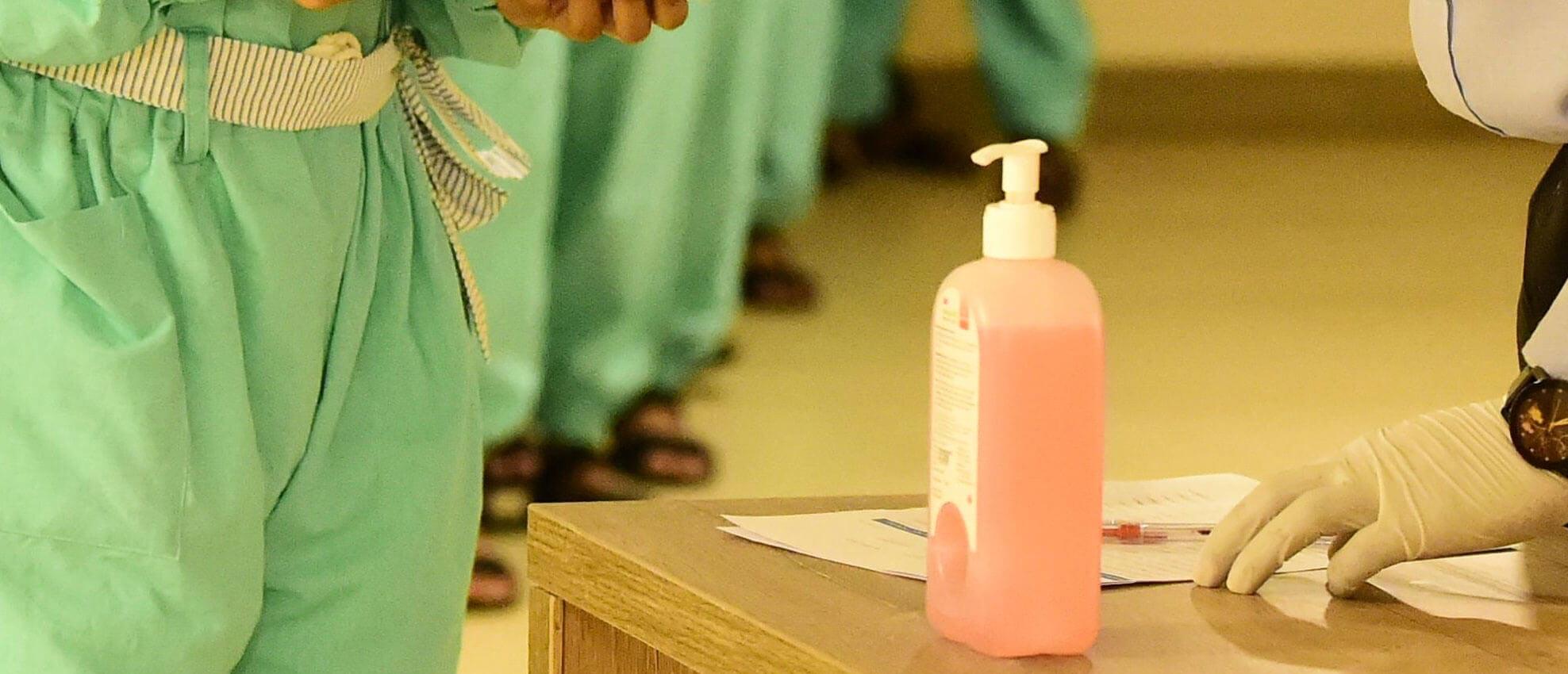
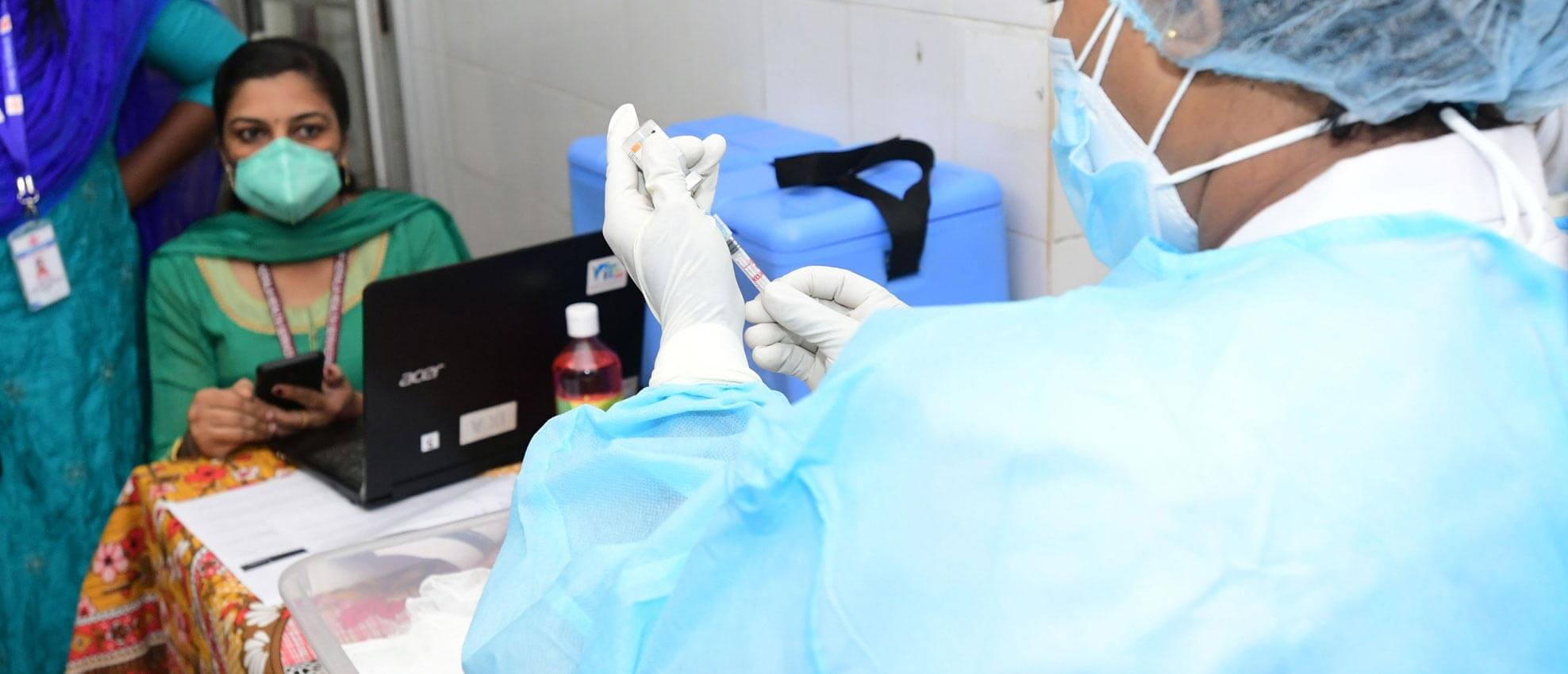
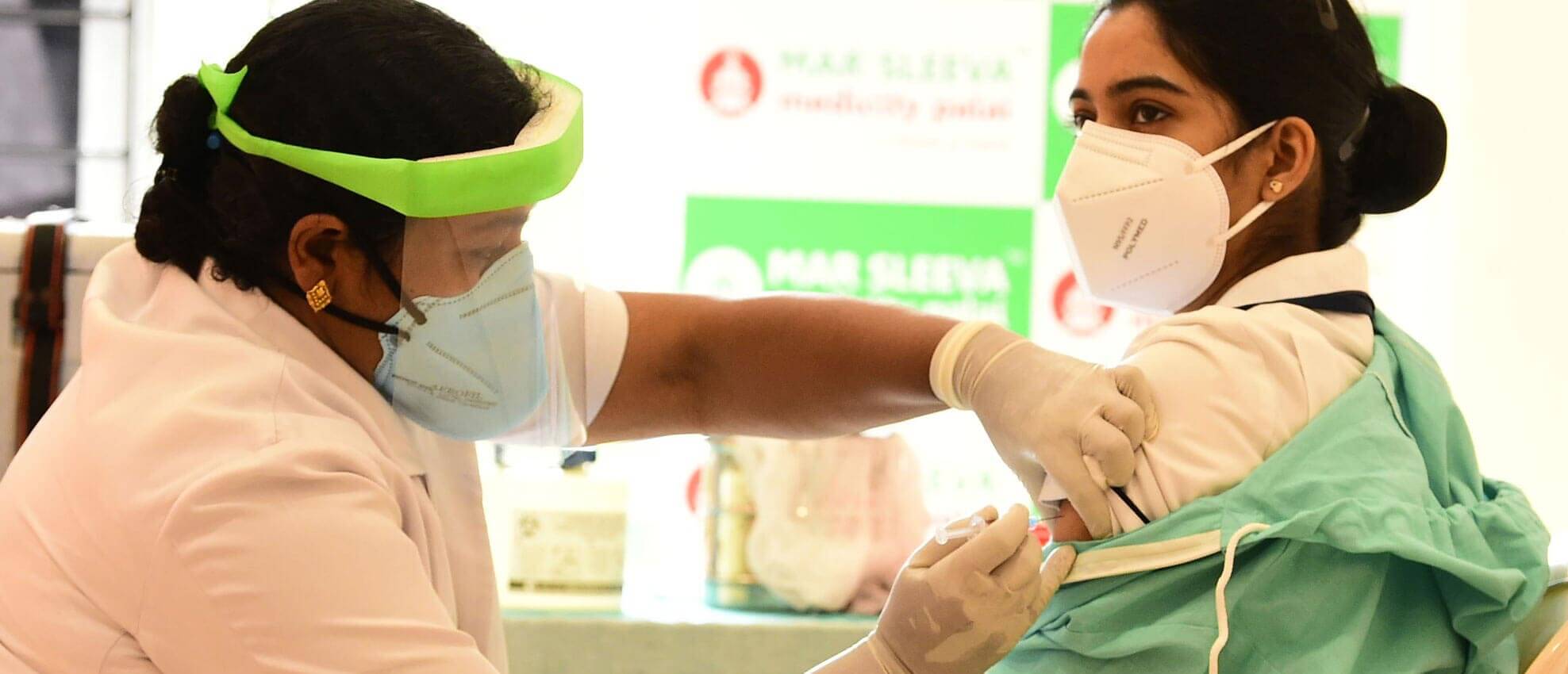
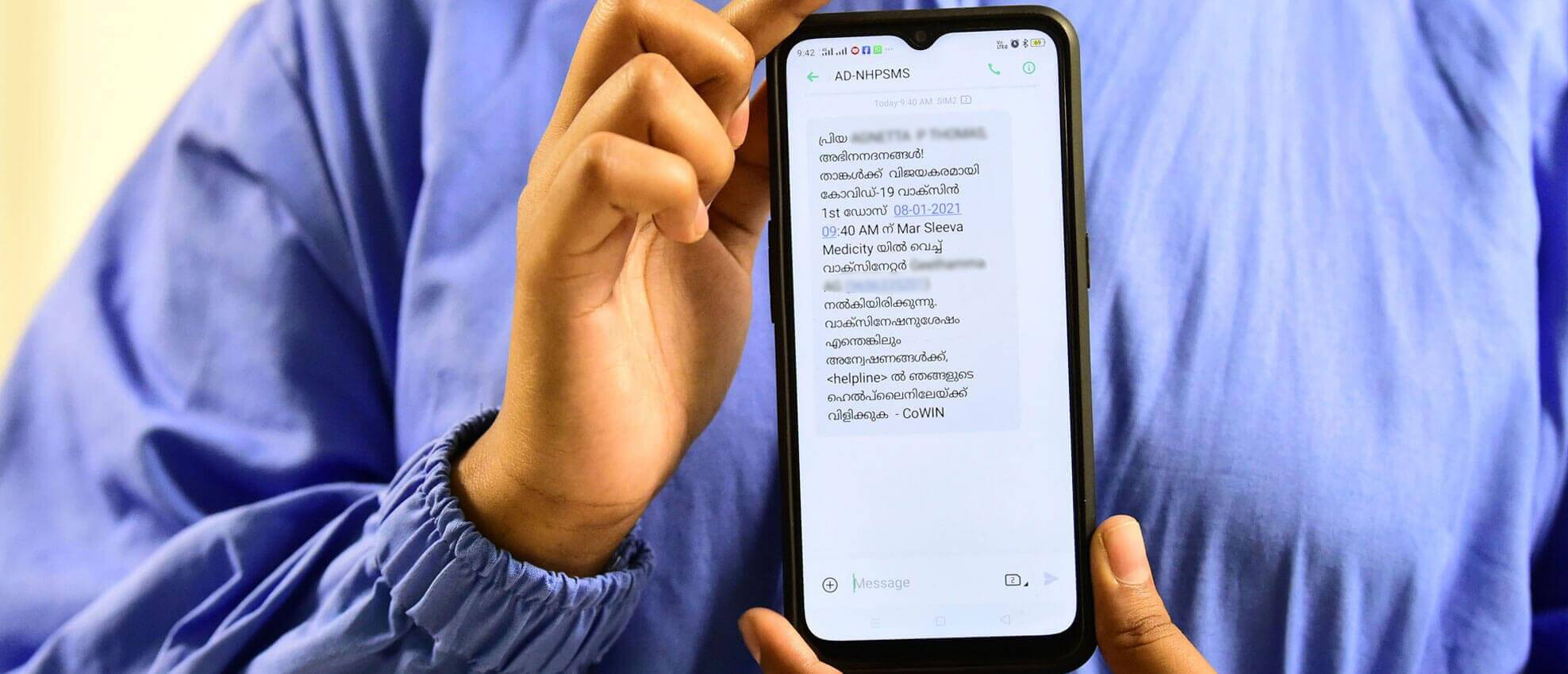
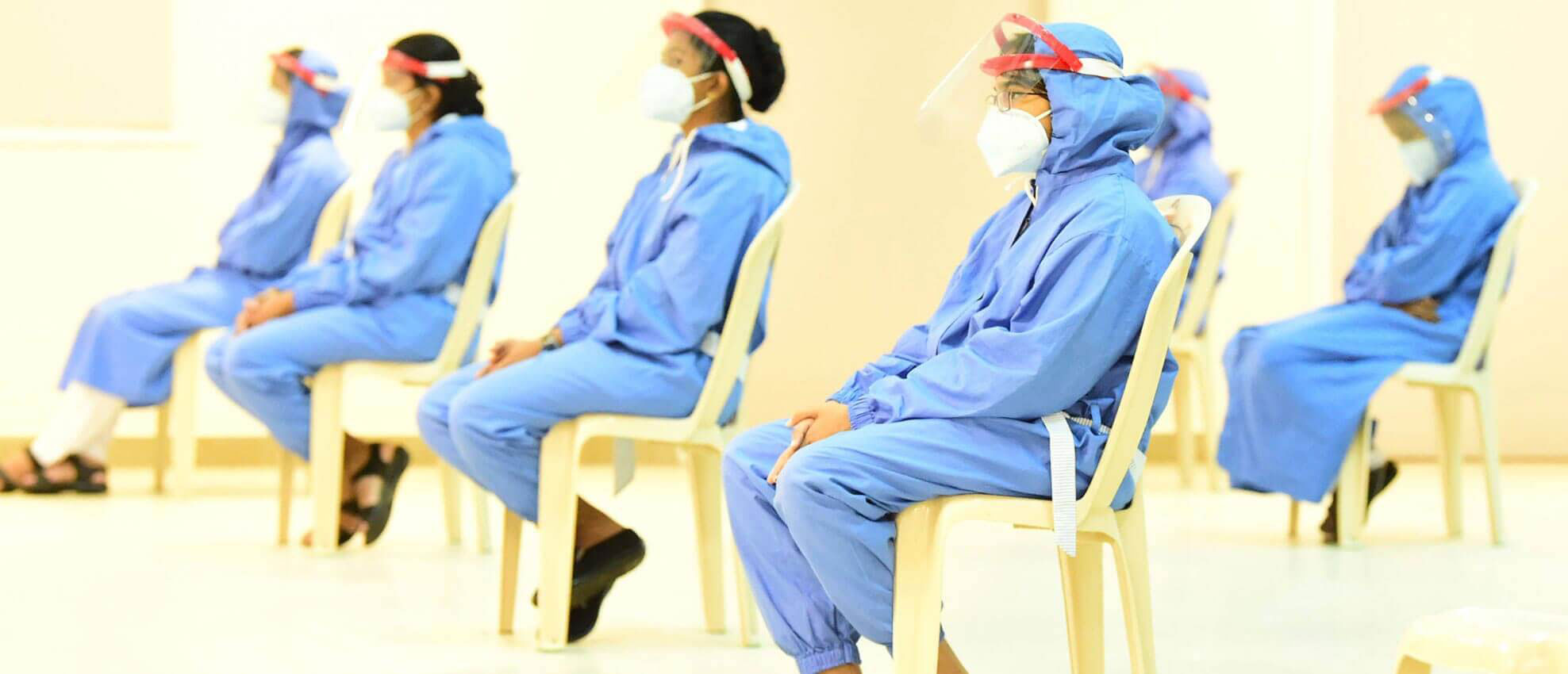
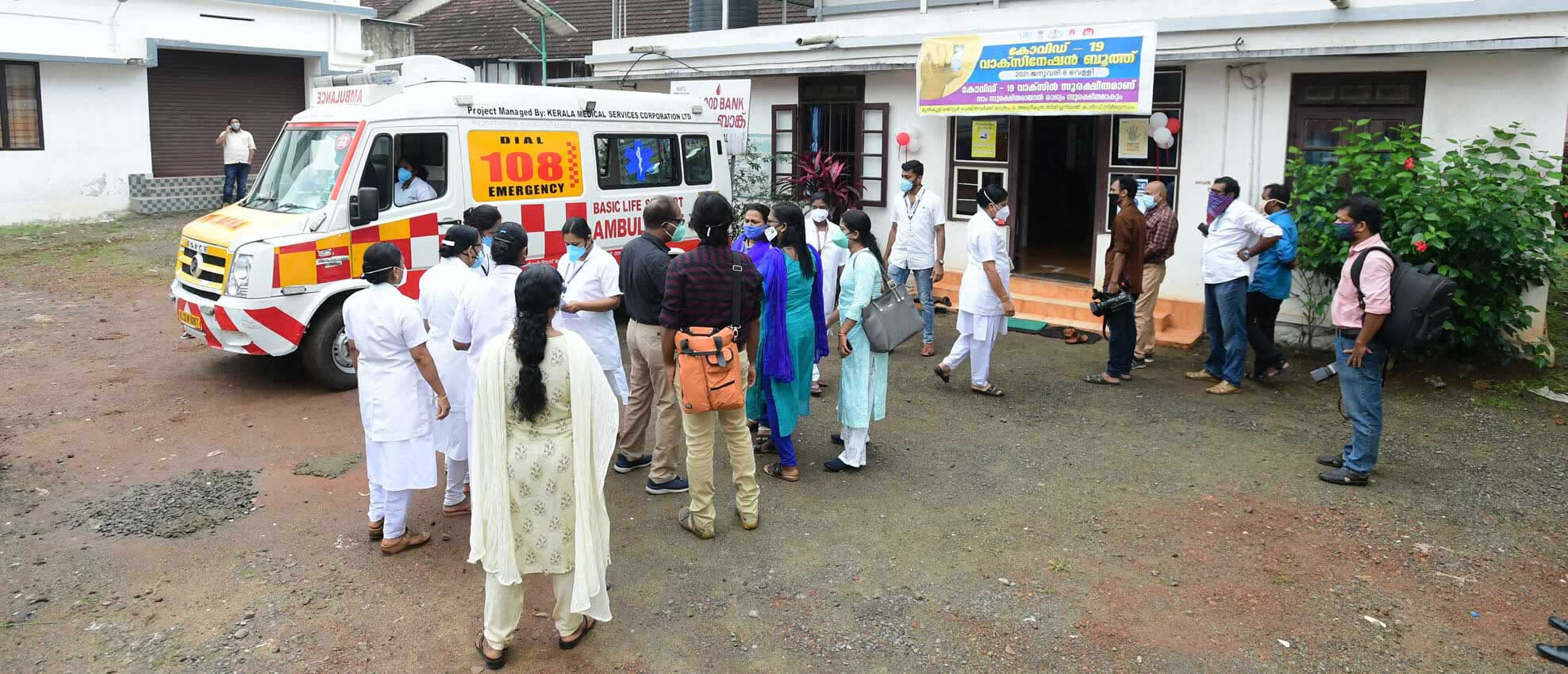
Once the first dose has been received, you have to take the second dose on the prescribed day. You have to make sure that you receive the same vaccine as the first time. Once you receive two doses and found to be without any problems, you will receive on your mobile phone a QR link to download a certificate carrying details of the vaccination. This certificate can also be stored in the official document store app, (digilocker.gov.in). You can contact 104 for queries related to the vaccination and 1075 for information on COVID-19
Each vial will have 5 millilitres of vaccine, equivalent to 10 doses. Only one dose is administered at a time. The vaccine vial monitor, which is a label stuck on the vial or the lid, will indicate to the officers if the vaccine is in good condition.
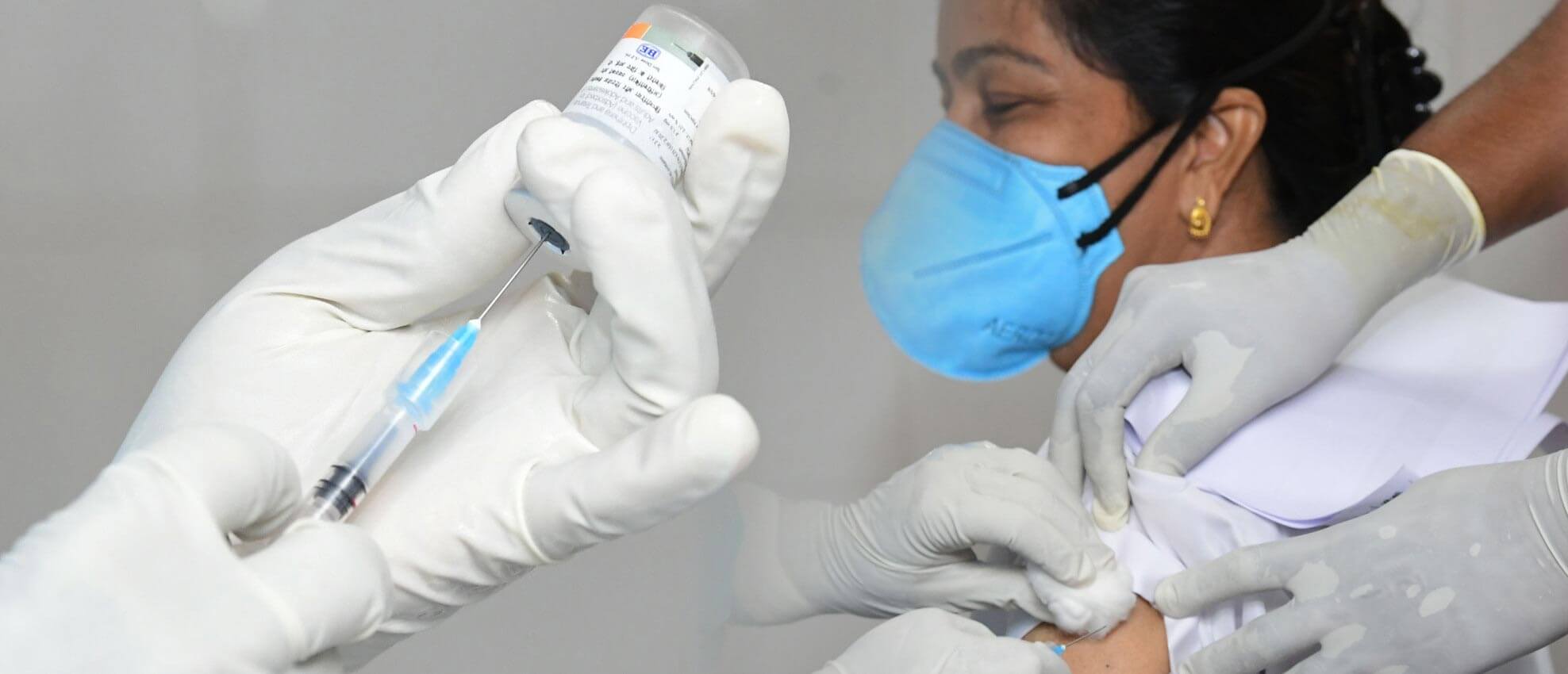
Each vial will have 5 millilitres of vaccine, equivalent to 10 doses. Only one dose is administered at a time. The vaccine vial monitor, which is a label stuck on the vial or the lid, will indicate to the officers if the vaccine is in good condition.
The label has a white square at its centre. This will change colour if the vaccine has been exposed to unviable temperature. If the square has the same colour as the rest of the monitor, the vaccine is not safe to use. It cannot be used even if the square is darker than the rest of the label, even if the vaccine is not past its expiry date.
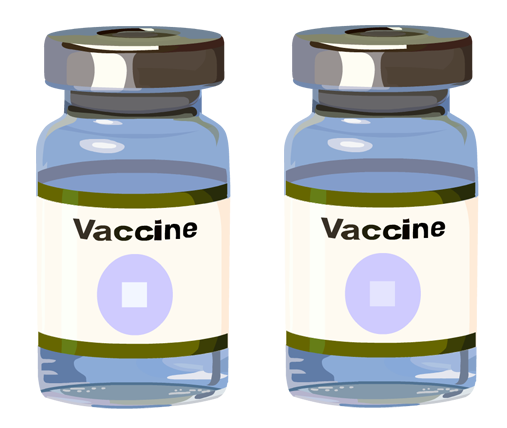
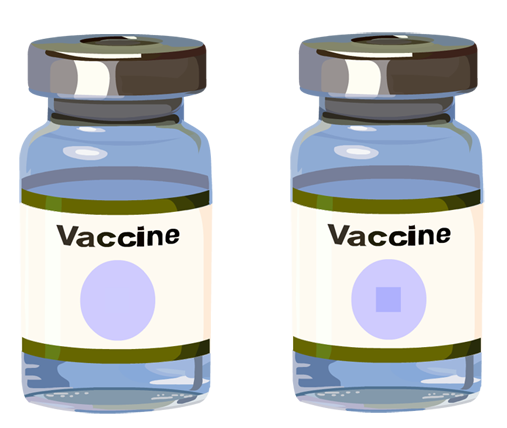
The vaccine vial monitor can also be used to see which vials are to be used first. Those vials in which the colour change has just started are used first. It is not clear which colour is used in the label.
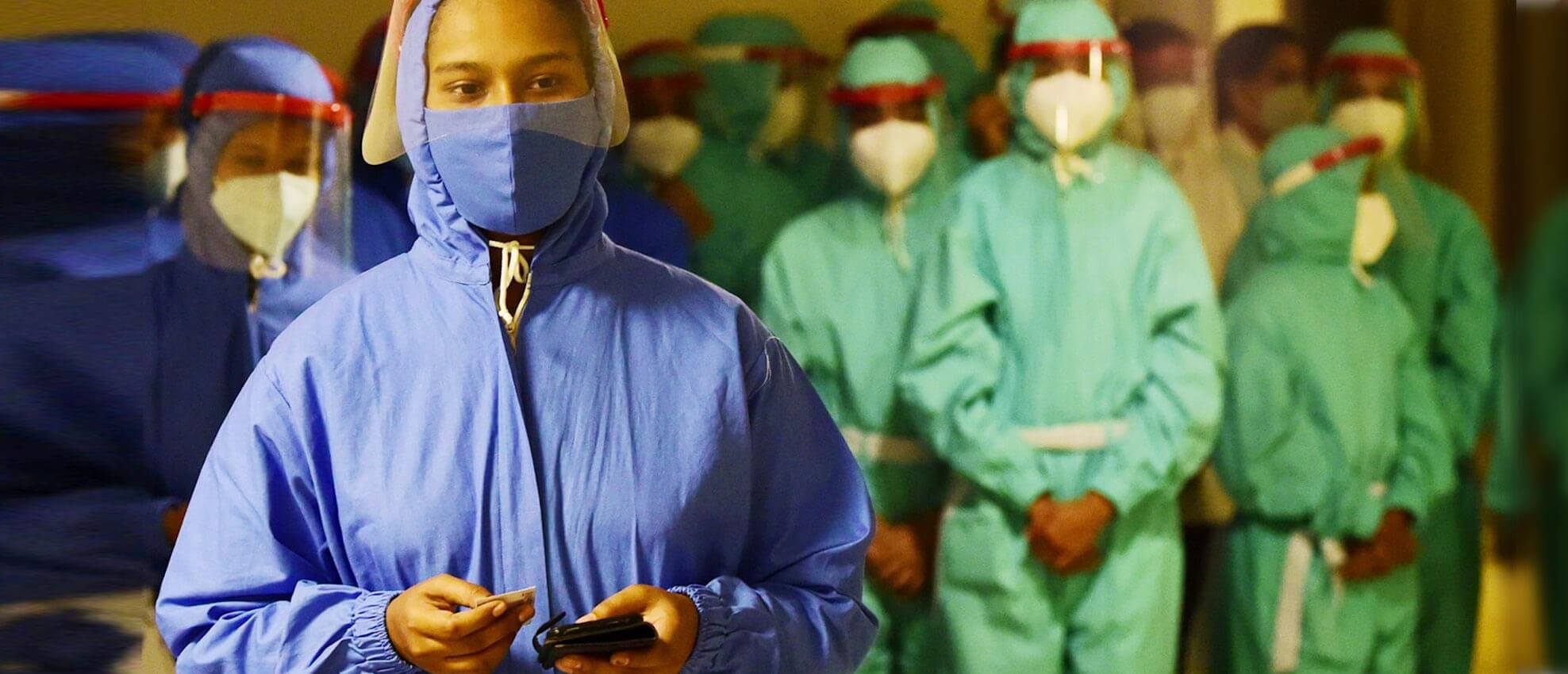
The vaccine is completely free of cost for the priority groups which receive the vaccine in the first stage. The central government buys the vaccine from the companies and hands it over to the state governments.
The Serum Institute will charge Rs 200 each for the initial 10 crore doses. Individuals may have to wait longer to get vaccinated by paying the company. They may be charged up to Rs 1,000 at market rates then.
At least 70 percent of a given population have to have antibodies in their blood, either through vaccination or through exposure to the virus, for herd immunity to kick in.

At least 70 percent of a given population have to have antibodies in their blood, either through vaccination or through exposure to the virus, for herd immunity to kick in.
Once people gain immunity through these methods, the transmission rate comes down. This is the idea behind the vaccination for COVID-19. Yet, experts recommend social distancing and wearing masks even after vaccination. Do not get the vaccine when you are infected or with symptoms. You have to wait for two weeks after you have recovered before getting the vaccine.
Health workers hope they will be in a better footing if at least 20 percent of the population are vaccinated. They also expect to vaccinate all people by September-October. A timeframe has been drawn for that. The WHO’s comforting words suggests that the worst of the pandemic may be over in a few months.